Applications
- Home
- Applications
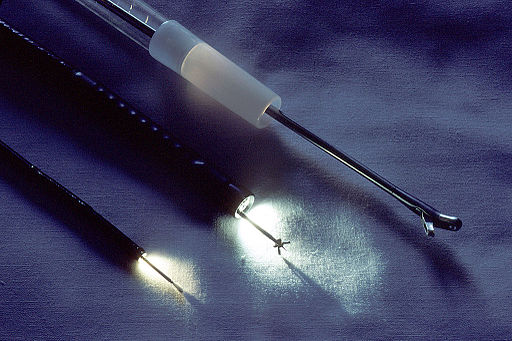
Sensing applications (FBG sensors)
One of the basic fields of fiber Bragg grating applications is measurements, controlling parameters of the environment, such as temperature, pressure, strain, vibration, inclination, load and displacement. This technology gives an ability to provide monitoring across extended zones, fast response time and unique tracking opportunities.

Lasers
Fiber Bragg gratings can be used as High Reflector (HR) and Output Coupler (OC) mirrors in cavities of fiber lasers. FBGs are also used to make semiconductor lasers single-frequency.

Telecommunications
In communications, fiber Bragg grating technologies are widely used in WDM systems, as filters and add/drop elements. Another FBG application is a dispersion compensator, because of its high precision and high adjacent channel interference rejection.
Industries
Gas Sector
- Monitoring of foundations and elements of bearing structures of compressor stations units and aggregates
- Compressor station and gas main pipeline stress-strain state monitoring
- Temperature, pressure, vibration control of gas air cooler and dust catchers engine
- Valve stations of gas pipelines monitoring - pressure, temperature and position of the valve
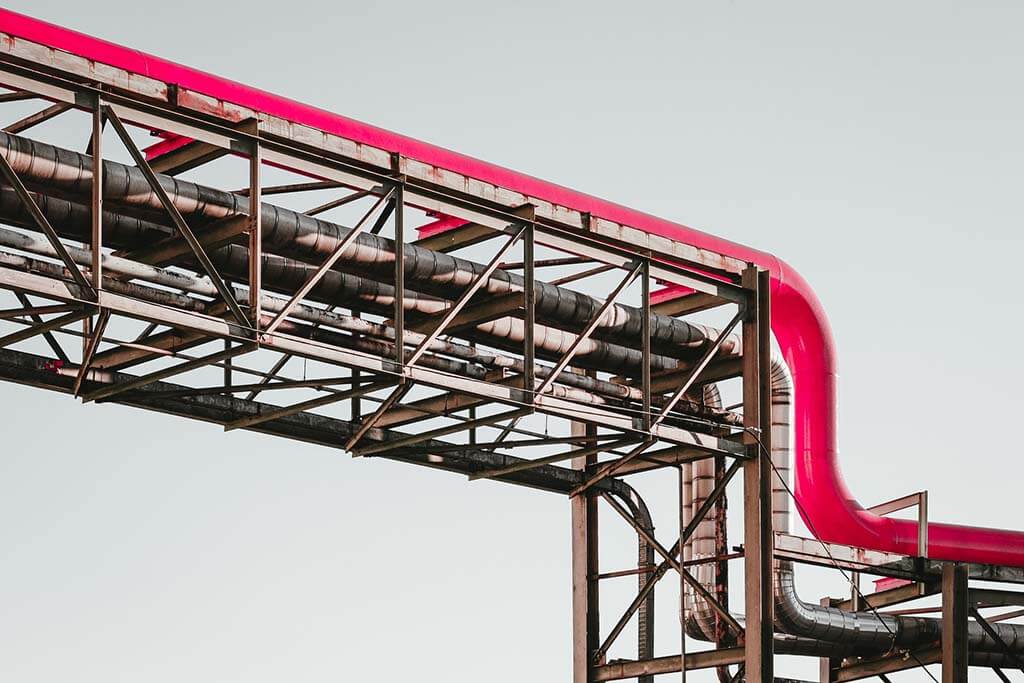
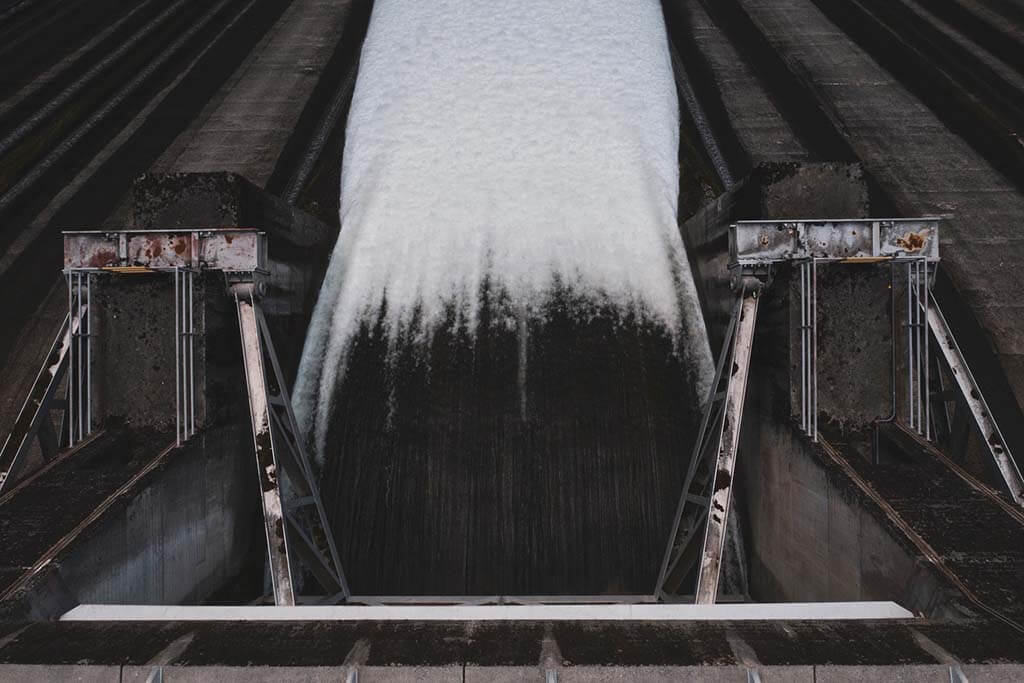
Hydro Power Plant Monitoring
- Measurement of deformation, vibration, inclination, and displacement in hydro- and turbogenerators
- Monitoring of diversion tunnels, vertical spillway shafts, turbine halls
- Control of load and deformation in crucial nodes of bridges, tunnels, dams
- Distributed supervision system of run-off ponds filtration processes
- Piezometer-based control of groundwater levels in dams, etc.
Power Transmission & Distribution
- Applications of FBG sensors can be utilized almost in any part of a transformer due to complete interference protection
- FBG temperature sensors enable control of oil levels
- FBG accelerometers, located inside the transformer windings, monitor structural deformations (vibrations up to 1 kHz)
- A single FBG interrogator remotely measures and processes data from 4 — 16 transformers
- Customized solutions are available
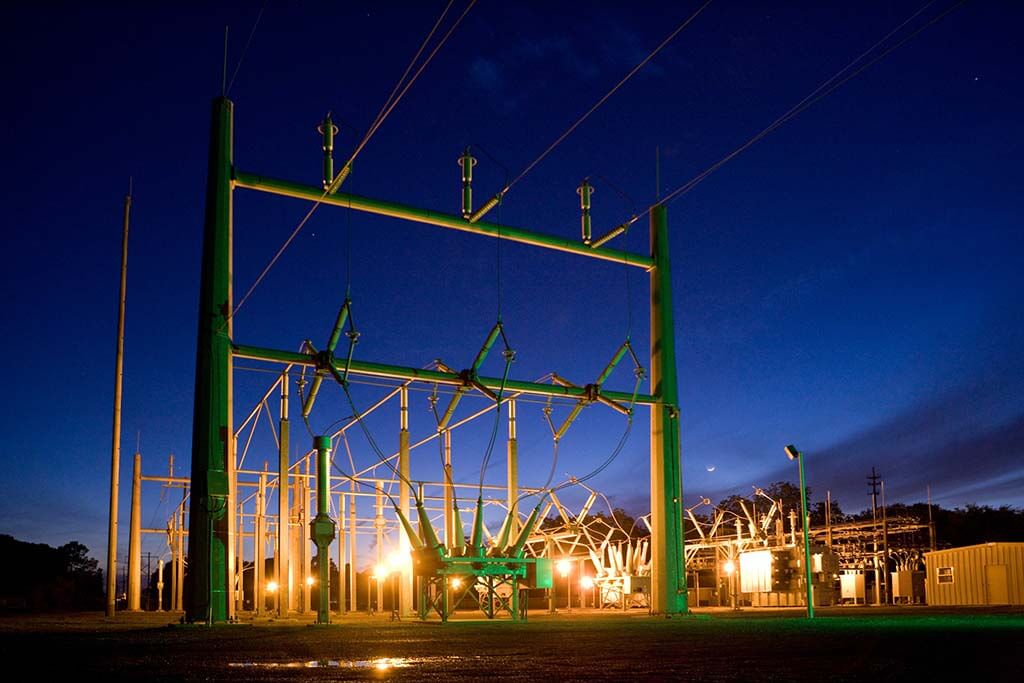
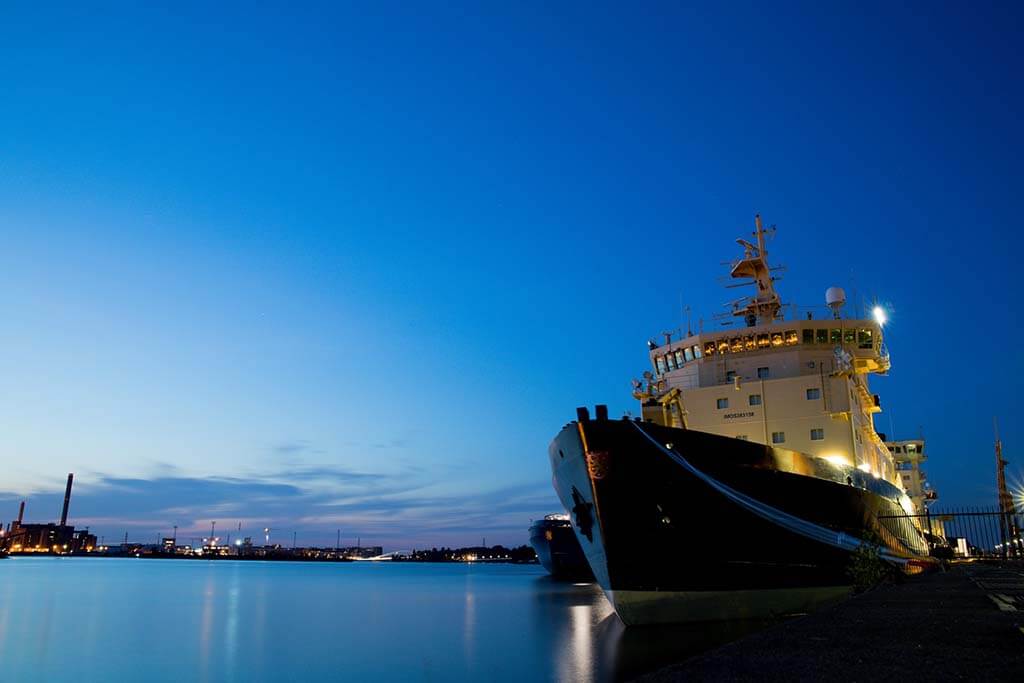
Ships Monitoring
- Strain-stress state monitoring of a ship hull
- Сargo operations management on a tanker
- Measurement of the draft and level in the ballast and service tanks
- Fuel consumption monitoring system
- Remote-controllable valves and gate valves
- Main power auxiliaries monitoring (boilers, separators, etc.)
- Monitoring of the main engine, generator and electrical plant
- Vibration monitoring of the main ship aggregates
- Fire detection
- Warning solution on water entering into the cargo holds
- Temperature measurement and control of the ship components

